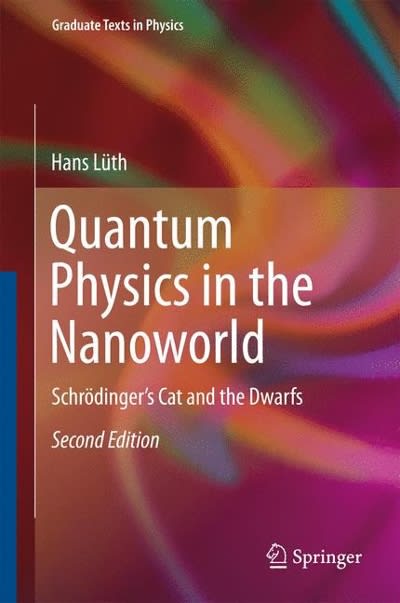can you help me do my test corrections?
2. Four charges (7 points) Four charges Q, = - 7 C, (, = 4 C. Q, = -4C, and (a) (2 points) What is the voltage difference between the wall and location at which Prof. Q4 = 6 C are shown in the figure below, along with the electric field lines sourced by these Lippert throws the nucleus? charges. However, the arrows on the field lines are missing. In addition, three locations A, (b) (3 points) Does the nucleus reach the wall? If so, what is its kinetic energy when it hits 8, and C are shown, and a spherical Gaussian surface is indicated by a dotted line the wall? If not, how close to the wall does it get, and when happens to the nucleus Instead? (a) (2 points) For each electric field line in the figure, add an arrow indicating its direction. (You can write the arrows directly on the exam sheet, or you can copy the figure into your blue exam book.) 4. Ball and shell (6 points) A conducting metal ball of radius R, = 0.11 m and charge q1 = - 3.9 x 10"C is located at the center of a thin, hollow, non-conducting shell of (b) (1 point) What is the direction of the force on a positive charge located at point B? radius R, = 0.87 m and charge 92 = 8.3 x 10" C uniformly distributed over it, as shown in (c) (1 point) What is the direction of the force on a negative charge located at point C? the figure below. (d) (1 point) Is the voltage higher at point A, is it higher at point C, or are the voltages at A and C equal? (a) (1 point) How many more electrons than protons are in the metal ball? (b) (3 points) Draw the electric field lines in each of the three regions: (1) Inside the metal (e) (2 points) What is the electric flux through the Gaussian surface? ball, (2) between the ball and shell, and (3) outside the shell. If the electric field is zero in any of these regions, write E = 0 instead of drawing field lines. (Copy the figure into your blue exam book and draw the electric field lines there.) (c) (2 points) What is the voltage difference between the metal ball and the thin shell? 92 3. Fluorine (5 points) Prof. Lippert throws a fluorine nucleus, made up of 9 protons and 10 neutrons, toward a large, flat, uniformly positively charged wall, a distance _ = 3.2 m away, as shown in the figure below. Just after being thrown, the nucleus has a kinetic energy of 275 e V. The charged wall generates a uniform electric field with magnitude 1 1 V/m. 5. Rod (extra credit - 4 points) A thin, nonconducting rod of length L = 2 m carries a uniform charge per unit length & = 1.8 x 10 8C/m, as shown in the figure below. What is the electric potential at point P, a distance d = 3 m from the end of the rod? Hint: you may du want to use the integral: = In & [ + + + + + + + + + d P







